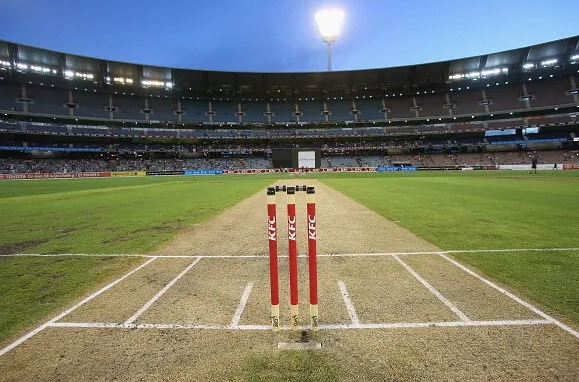Are you able to breathe life into an older, uncared for cricket wicket?
As any cricketer is aware, the caliber of the pitch could have a significant influence on just how the ball reacts. Wickets that happen to be bumpy or pitted might cause the ball to behave erratically, wickets which are quite hard is likely to make the cricket ball bounce higher and really fast, while wickets which are blanketed in grass will probably minimise just how much that a spin bowler can turn the cricket ball.
In order to standardise the playing surface and provide a wicket you can use in all circumstances, numerous leisure centres, schools and cricket clubs use synthetic pitches. Even though artificial wickets will be more durable than purely natural pitches, additionally need regular routine maintenance to keep them in pristine condition. Thankfully, even ancient, mistreated wickets can be brought back to life with a little Tender loving care as well as the correct treatment solution.
Man-made Cricket Wickets
Synthetic pitches can be installed on either a dynamic (stone) or non-dynamic (macadam or concrete) base. The surface of the wicket itself is made from high quality short pile carpet which is either hardwood edged and nailed or nailed directly into the aggregate. Shock pads are usually fitted under the surface of the wicket to make sure the ball bounces properly and also that the artificial pitch responds the same way to the ball every time, no matter what the elements. If you are looking at more details in regard to artificial cricket pitch uk this particular site https://www.artificialgrassmaintenance.co.uk/cricket-pitch-wicket-maintenance-installation has got quite a few more blog posts and articles with respect to artificial cricket wicket cost.
Maintaining An Artificial Pitch
Like all man-made surfaces, synthetic cricket pitches must be carefully maintained if they are to provide the best possible playing wicket all year round. It is recommended that anyone having an synthetic cricket pitch should really apply a yearly deep clean programme, level the batting region continuously and use a minimum of one chemical treatment plan every six months.
Despite frequent repairs and maintenance, cricket pitches may deteriorate over time, shock pads can harden and surface areas could become irregular. If you notice that the bounce of the cricket ball is starting to become uneven or that the wicket is looking tired and worn, it could be the perfect time to give your artificial playing surface a facelift.
